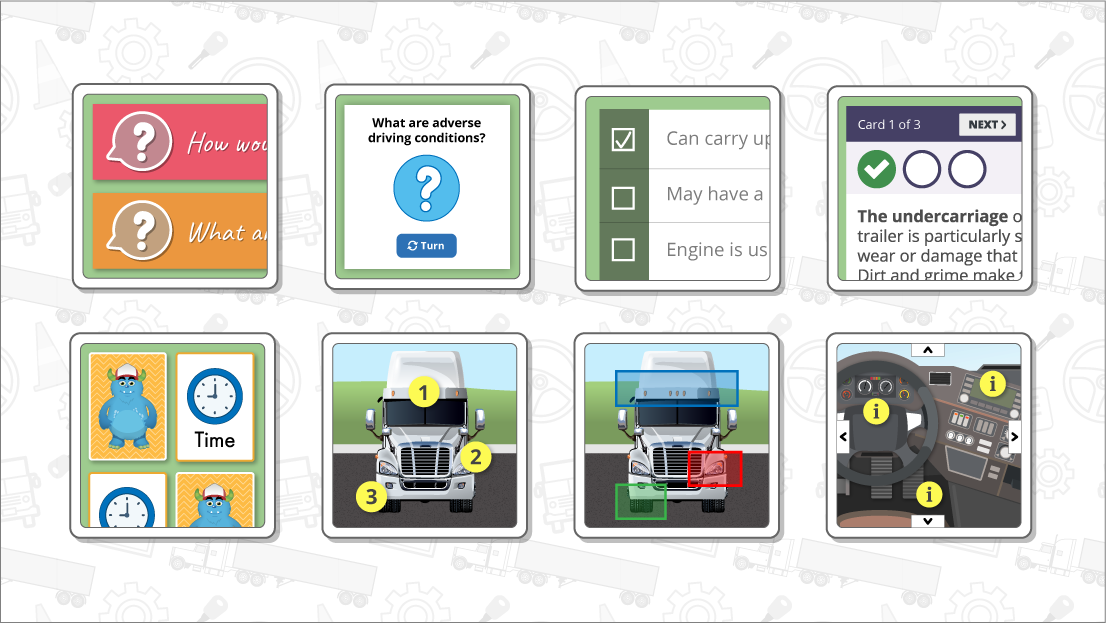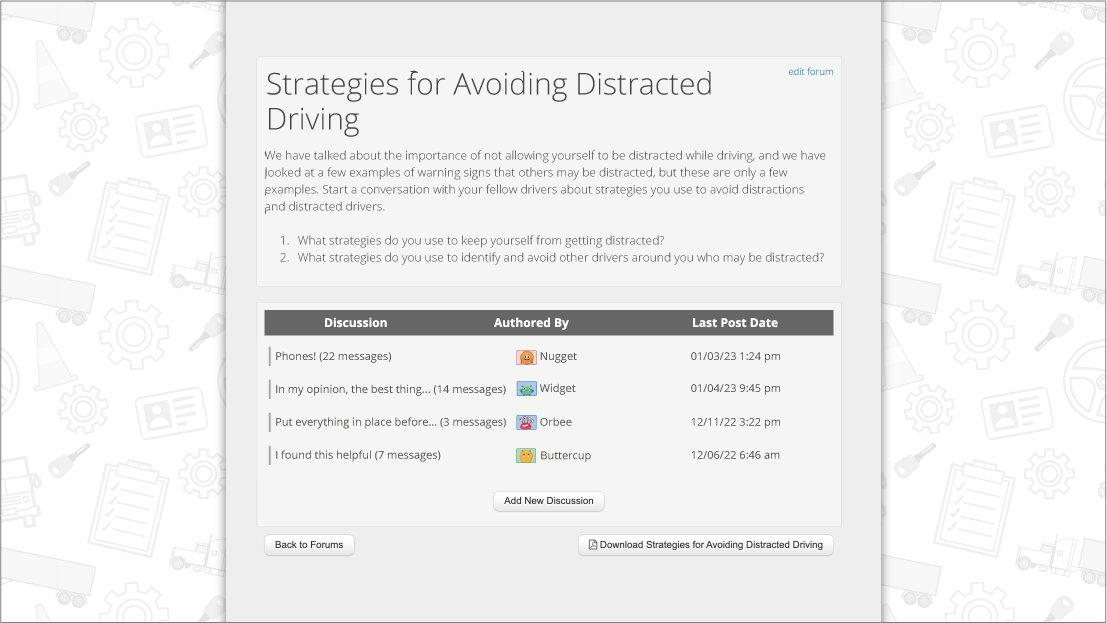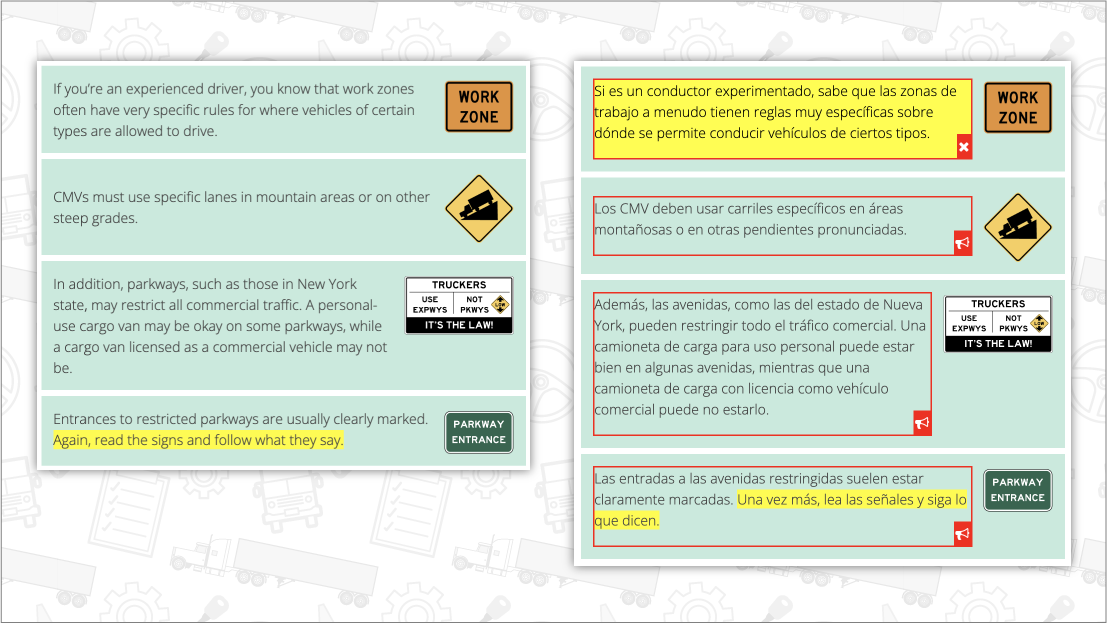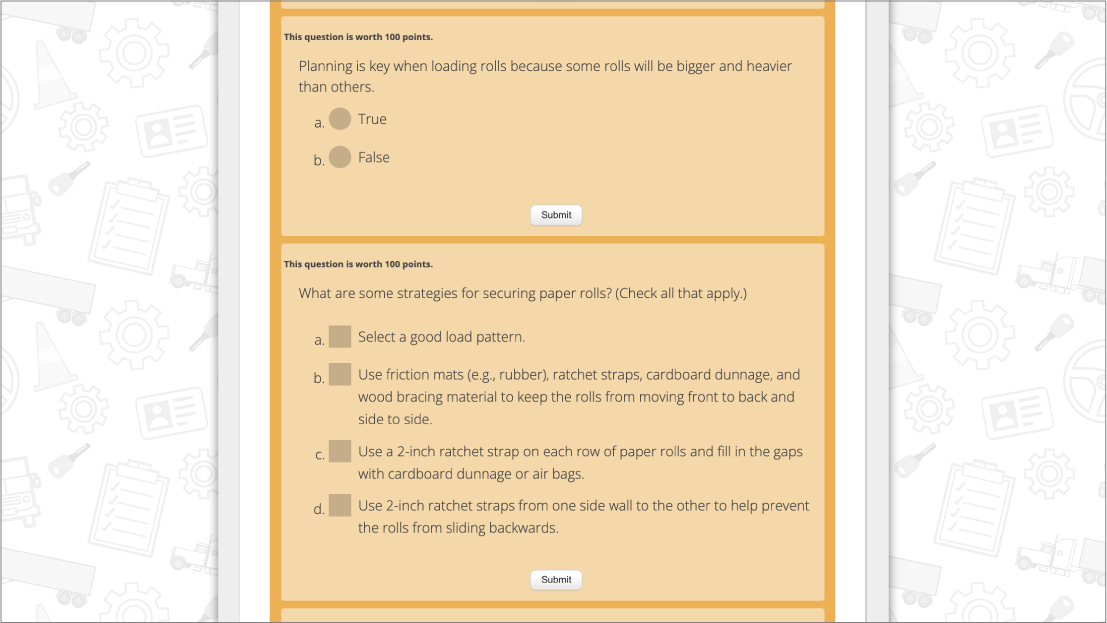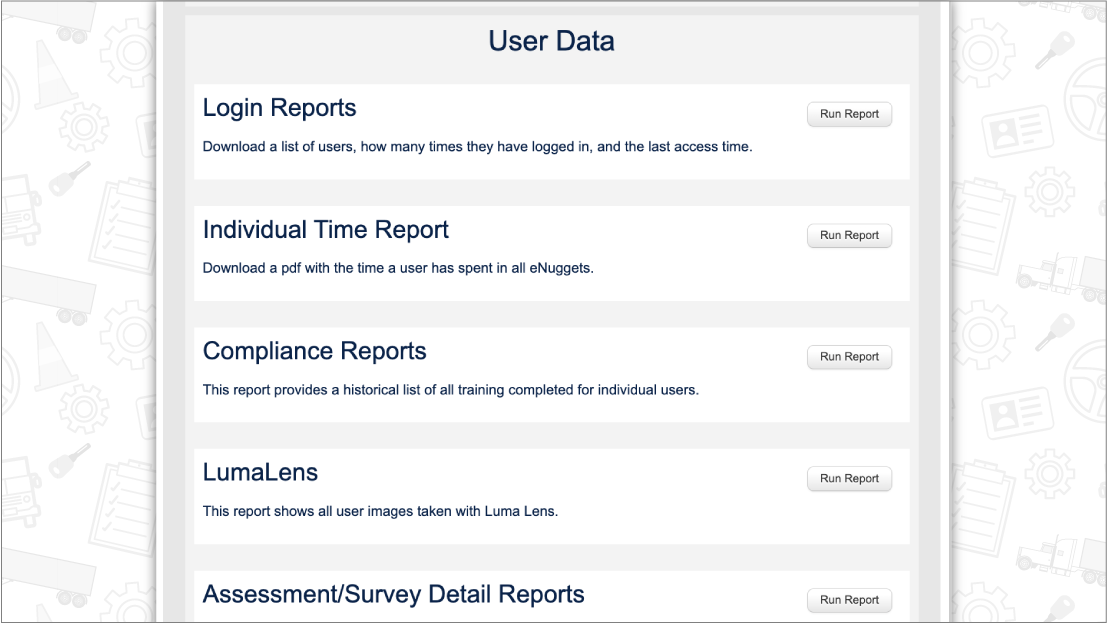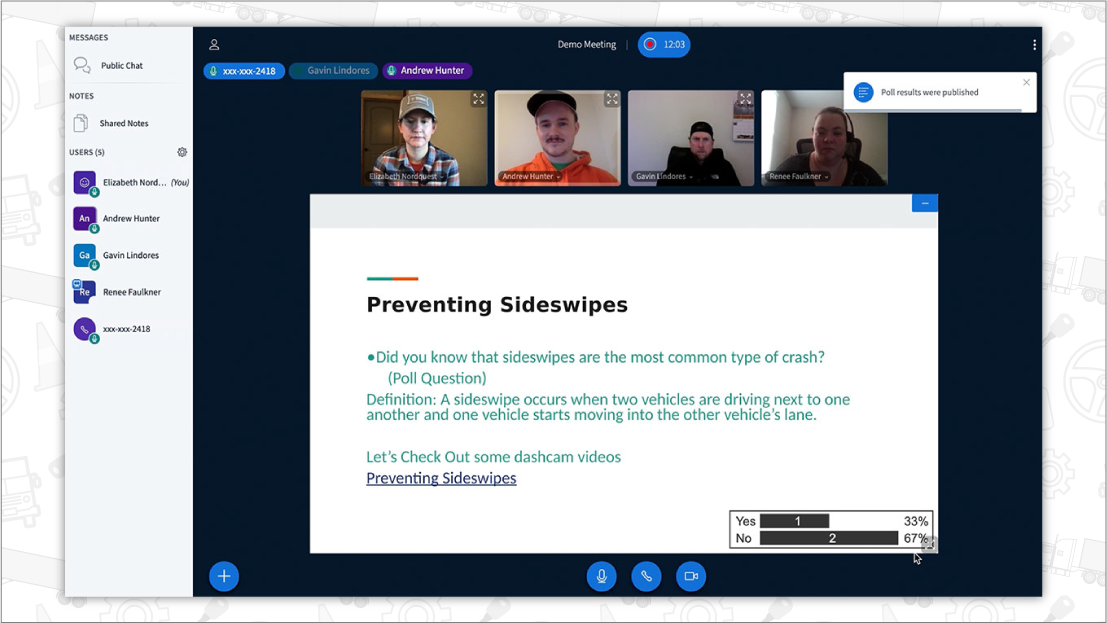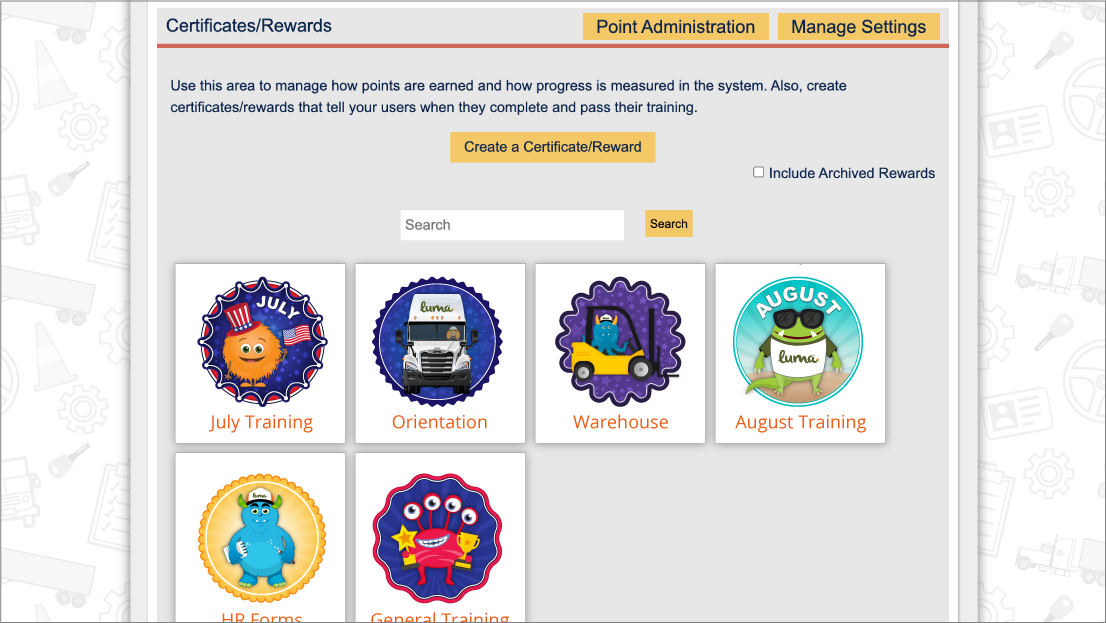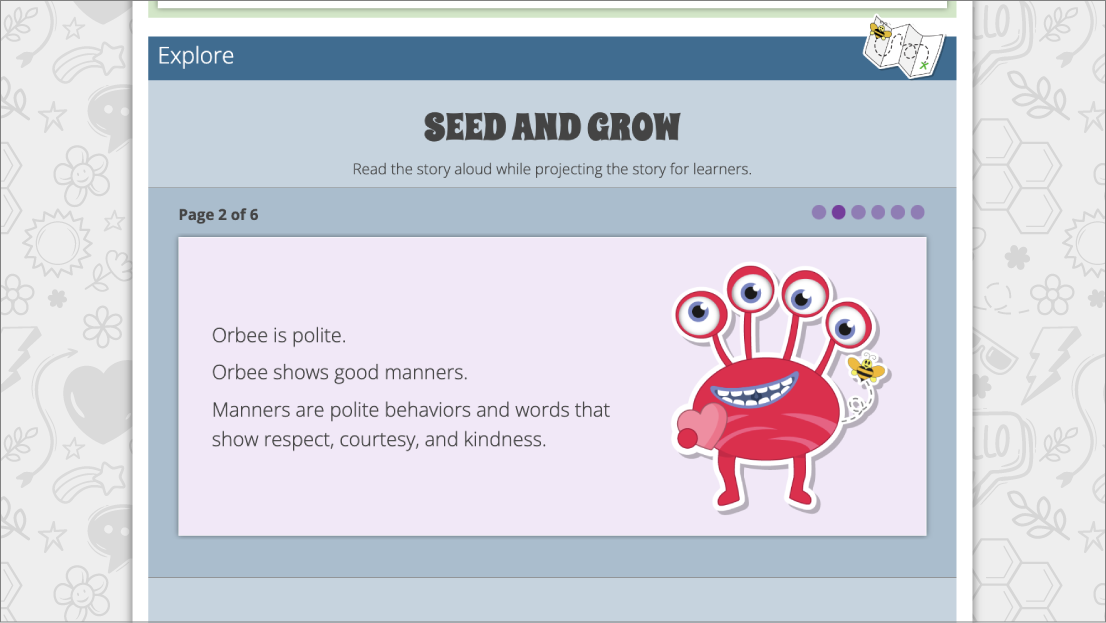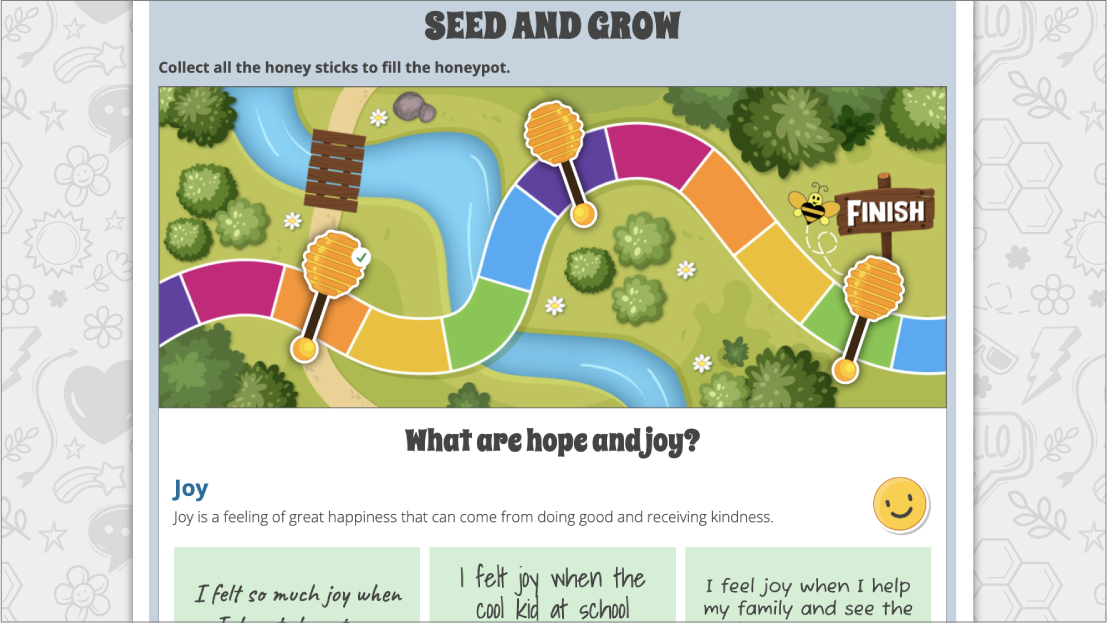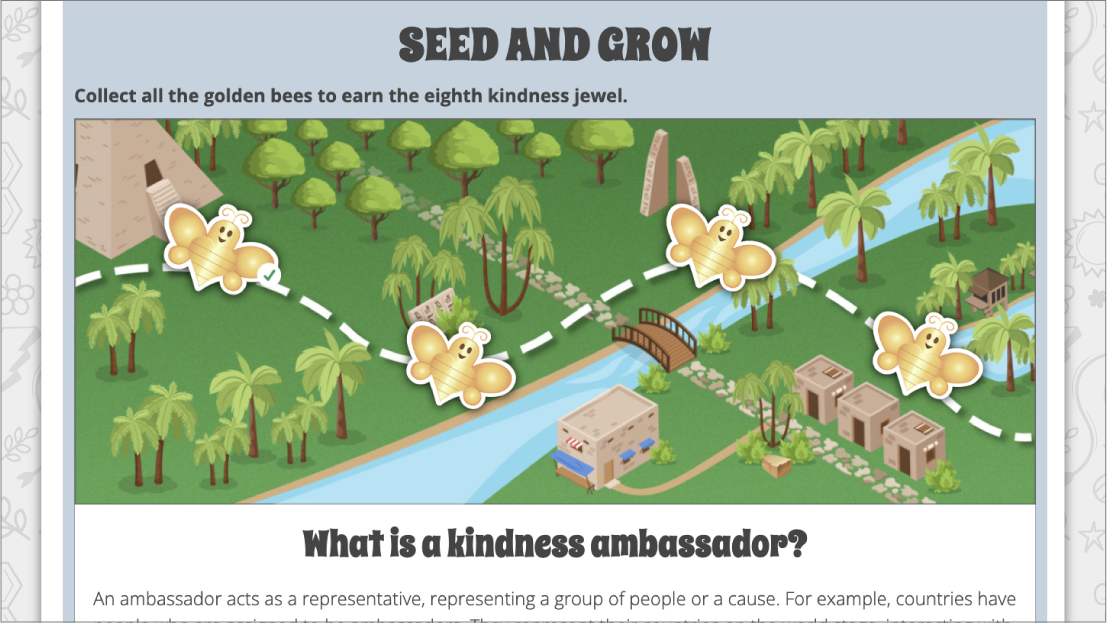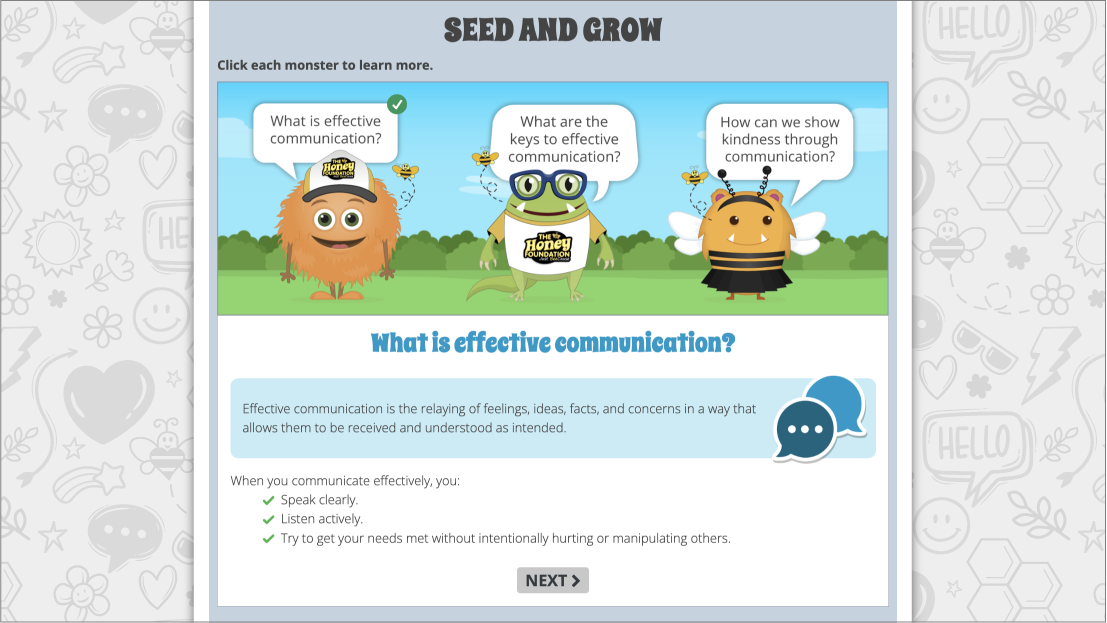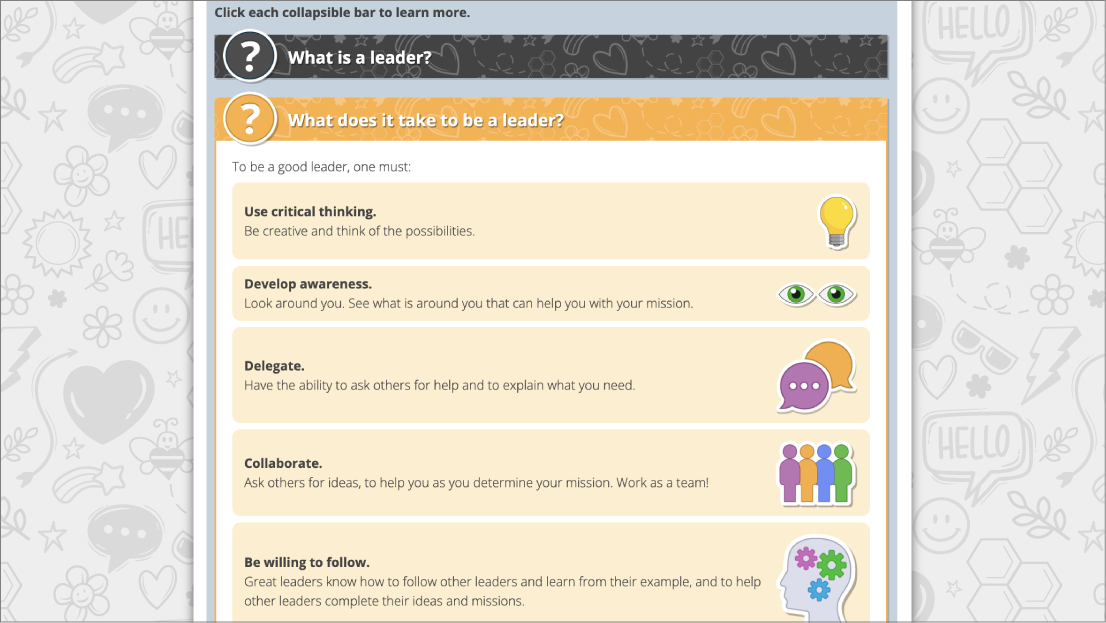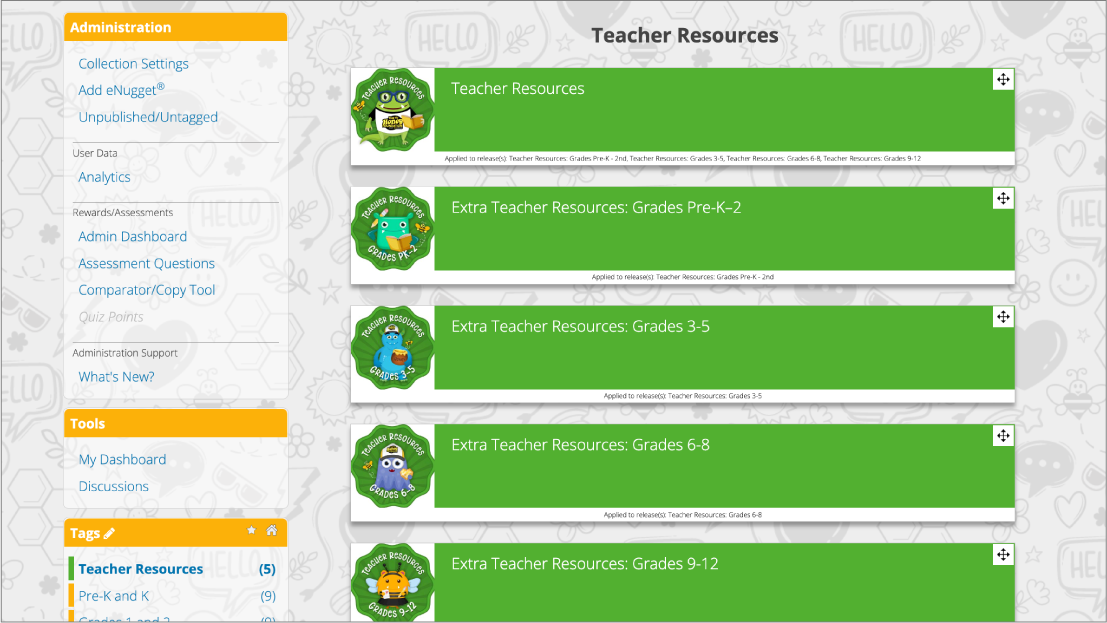
Luma Connection #38: Use Structured Strategies in Breakout Rooms
Collaboration and connection are important for our social-emotional well-being. Importantly, Luma has conducted research and published the benefits for creating learning communities remotely. This year, Luma will provide specific strategies you can implement to connect learners remotely. We are calling these strategies our Luma Connections.
Teaching Tool: LumaLive®
 This is Luma’s synchronous, or same-time, meeting tool. This online tool allows learners to interact with each other to explore a topic and to discuss key concepts, share experiences, and ask questions in real time. Interaction types include learner to learner, learner to self, learner to content, and learner to instructor.
This is Luma’s synchronous, or same-time, meeting tool. This online tool allows learners to interact with each other to explore a topic and to discuss key concepts, share experiences, and ask questions in real time. Interaction types include learner to learner, learner to self, learner to content, and learner to instructor.
 Tip:
Tip: Use structured strategies in breakout rooms.
Conducting breakout room discussions is a great way to improve learning and increase active engagement in online discussions. Breakout room discussions should have structure and promote accountability so all learners participate, are focused, and remain on topic.
 Timed Share: This strategy works best with discussion questions. Pose at least one discussion question. Provide a total time for the breakout room discussion, and specify how long each learner has to share. One learner should time each learner’s share; another learner should facilitate the conversation to ensure the steps are followed and all learners have shared.
Timed Share: This strategy works best with discussion questions. Pose at least one discussion question. Provide a total time for the breakout room discussion, and specify how long each learner has to share. One learner should time each learner’s share; another learner should facilitate the conversation to ensure the steps are followed and all learners have shared. Jot Thoughts: This strategy works best with idea generation. Specify the topic. Provide learners with time to think and jot down all of their ideas. Instruct learners that each group member will take turns sharing one item from their generated list until all ideas are shared or the discussion time has ended. Groups that finish early should develop additional items.
Jot Thoughts: This strategy works best with idea generation. Specify the topic. Provide learners with time to think and jot down all of their ideas. Instruct learners that each group member will take turns sharing one item from their generated list until all ideas are shared or the discussion time has ended. Groups that finish early should develop additional items. Rotate Roles: This strategy works best for scenario-based discussions. Team member #1 reads the scenario/question. Team member #2 attempts to answer the question. Team member #3 provides additional considerations and ideas regarding the scenario/question. Finally, team member #4 provides positive feedback regarding the individual’s response. The roles rotate for each scenario/question, so each person has a chance to respond. (For groups of three, team member #3 will also take on the role of team member #4.)
Rotate Roles: This strategy works best for scenario-based discussions. Team member #1 reads the scenario/question. Team member #2 attempts to answer the question. Team member #3 provides additional considerations and ideas regarding the scenario/question. Finally, team member #4 provides positive feedback regarding the individual’s response. The roles rotate for each scenario/question, so each person has a chance to respond. (For groups of three, team member #3 will also take on the role of team member #4.)
Tip: Make sure to clearly state, display, and demonstrate the steps for any strategy used.

 Luma® is an instructional design and learning company that can help you connect learners remotely while creating powerful learning communities. Give us a call at (574) 807-8148 ext 5 or email
Luma® is an instructional design and learning company that can help you connect learners remotely while creating powerful learning communities. Give us a call at (574) 807-8148 ext 5 or email 